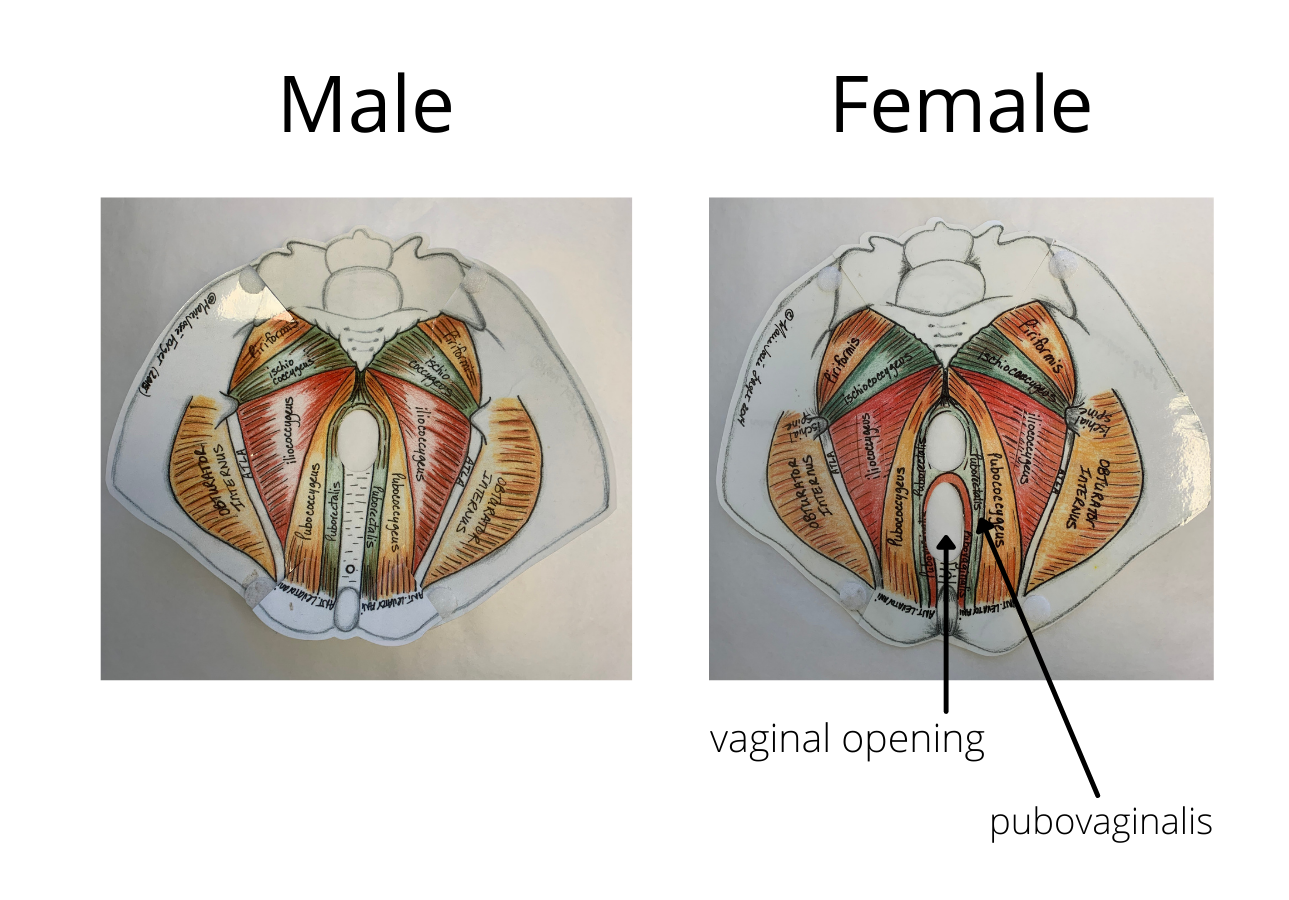Men and the Pelvic Floor.
Yes, it’s true. Both men and women have pelvic floor muscles. That’s correct, there are many males that also walk through our doors to see our pelvic physiotherapists for their concerns.
Over the past several years, pelvic floor physiotherapy has gained a lot of attention in the general public. The bulk of this awareness has come primarily from the benefits that pelvic floor physiotherapy can provide to the pregnancy, postnatal, and post-menopausal populations. Unfortunately, this has also branded pelvic health as a “women’s health issue”. This is nothing further from the truth as males share similar anatomy when it comes to the pelvic floor.
This means that men too can suffer from similar conditions. More importantly, this means that they can benefit from the same treatments and techniques to alleviate pain and discomfort.
The pelvic floor muscles are a group of bowl shaped muscles located at the bottom of the pelvis. For men, the pelvic floor contains layers of muscles and tissue that support the pelvic organs which include the bladder, bowel and prostate gland.

As you can see in the above diagram, the male and female pelvic floors are similar. Many muscles are the same, and the biggest difference is that females have an opening for the vagina and one additional muscle called the pubovaginalis that loops around the vagina. Regardless of your sex, when the pelvic floor muscles are too tight or too loose, symptoms such as pain or urinary leaking can occur. The goal will be to either to relax your pelvic floor muscles if they are too tight or to strengthen your muscles if they are too loose.
How can I find my Pelvic Floor?
Some cues that you can try to activate your pelvic floor muscles are:
- Lift your testicles
- Bring your “nuts to your guts”
- Shorten your penis
- Stop gas from coming out
- Stop your stream of urine



